Vision Pro: A Technological Marvel, But At What Cost to Developers?
The Vision Pro by Apple, a mixed-reality headset, has made waves in the technology industry with its innovative blend of augmented reality (AR) and virtual reality (VR) capabilities. While there is no doubt about the device's technical brilliance, it's essential to delve deeper and understand the potential challenges that developers might face while creating applications for this advanced headset.
Understanding the Vision Pro
The Vision Pro's key features make it a revolutionary device in the AR/VR space. It overlays digital elements onto the real world (AR) while also providing immersive virtual environments (VR). The headset flaunts a high-resolution display, spatial audio, eye and hand tracking, and is powered by Apple's M2 chip, offering high performance for applications, media consumption, and virtual experiences. Despite its technical marvel, it's critical to evaluate the potential difficulties faced by developers while designing applications for this device.
Complexities in Development
1. High-performance Requirements
Given the Vision Pro's high-resolution display and advanced capabilities, applications designed for it would require high-performance graphics and processing power. This requirement could potentially pose a challenge for developers, especially those accustomed to designing less resource-intensive applications for traditional platforms.
2. Multiple Use Cases
The Vision Pro is intended for a wide range of applications, from entertainment to professional use. This breadth of use cases could complicate the development process, as developers would need to create experiences that cater to a range of user needs and preferences.
3. Designing Immersive Experiences
Developing truly immersive AR/VR applications is no small feat. It requires a deep understanding of spatial design, user interaction in 3D environments, and the creation of realistic visual and auditory elements. Developers may need to ramp up their skills or invest in specialized team members to create compelling experiences for the Vision Pro.
4. Eye and Hand Tracking
The Vision Pro's advanced eye and hand tracking technology can provide more natural and intuitive interactions. However, incorporating this technology into applications can be complex and time-consuming for developers, requiring a deep understanding of human behavior and sophisticated programming skills.
Additional Considerations
Apart from these technical challenges, developers would also need to consider factors like the cost of development, the time required to master new technologies, and the potential market for their applications. These factors could significantly impact the decision to develop for the Vision Pro.
Support from Apple
To assist developers in overcoming these challenges, Apple would need to provide robust support, including comprehensive documentation, developer tools, training, and community forums. By doing so, Apple can ensure that developers can create high-quality applications that fully leverage the Vision Pro's capabilities.
Conclusion
While the Vision Pro is undoubtedly a technological marvel, its advanced features and capabilities also bring challenges for developers. By understanding these challenges and providing the necessary support, Apple can ensure that the Vision Pro is not only a success in terms of hardware but also in terms of the breadth and quality of applications available for users.




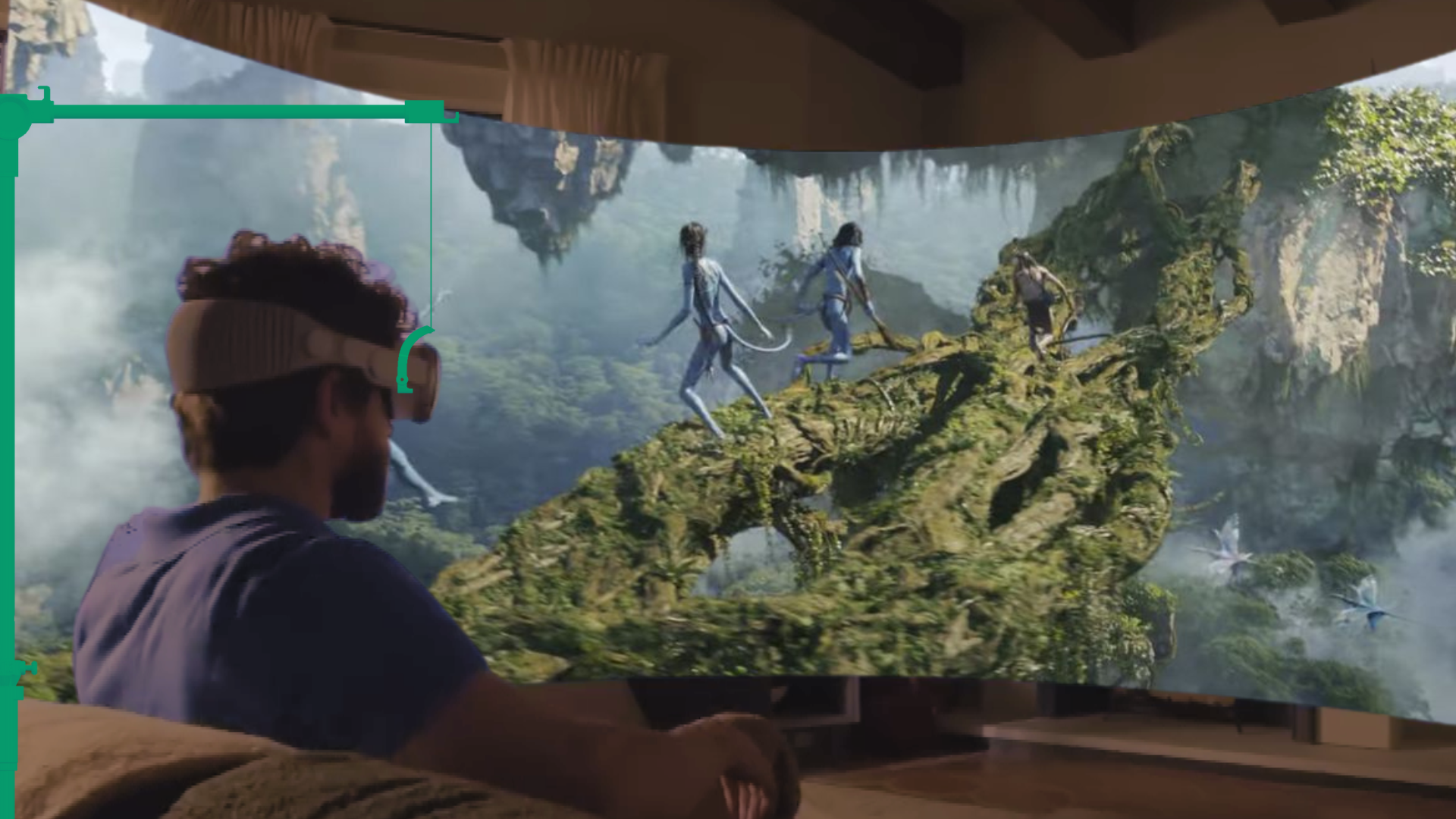
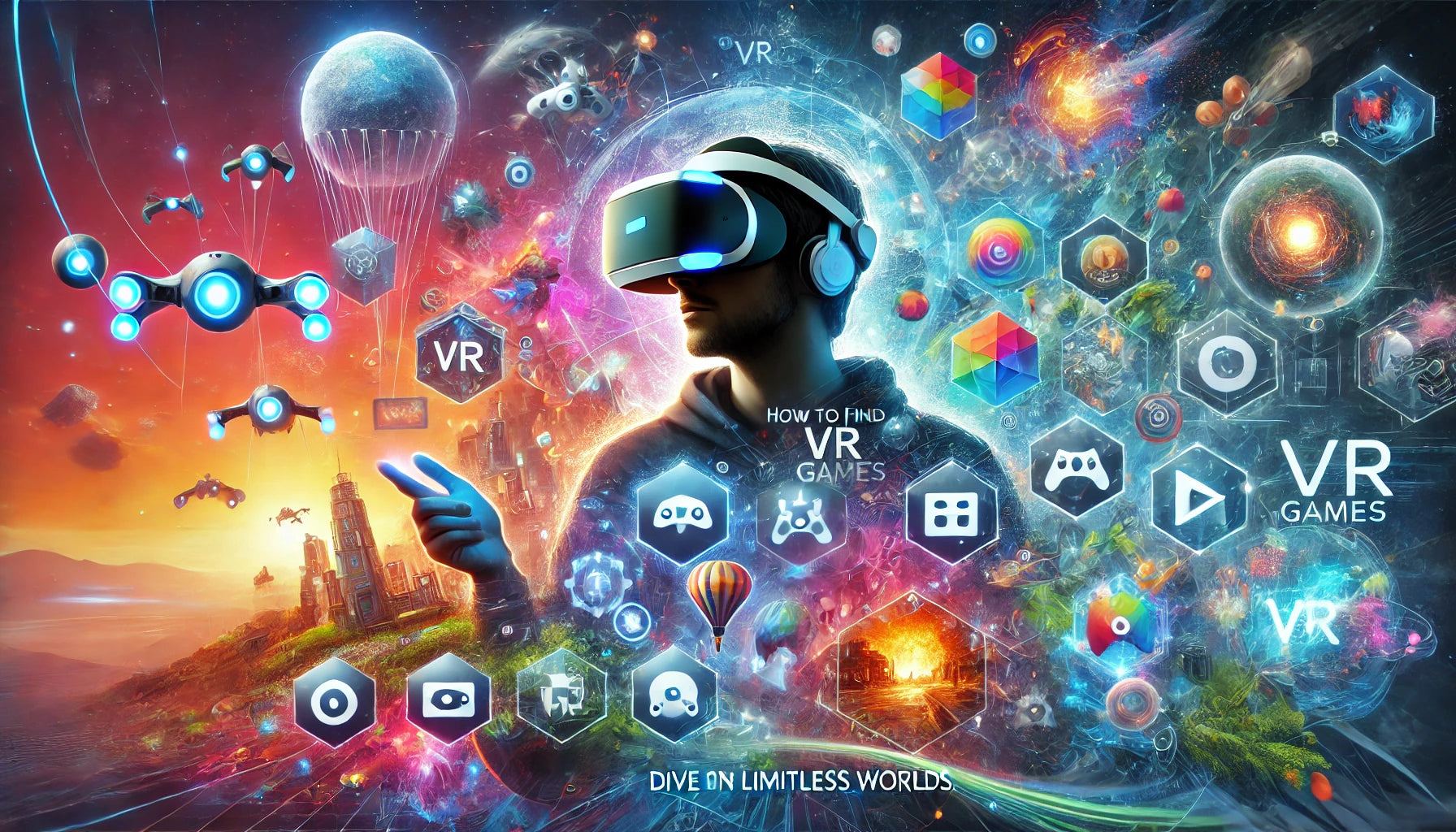
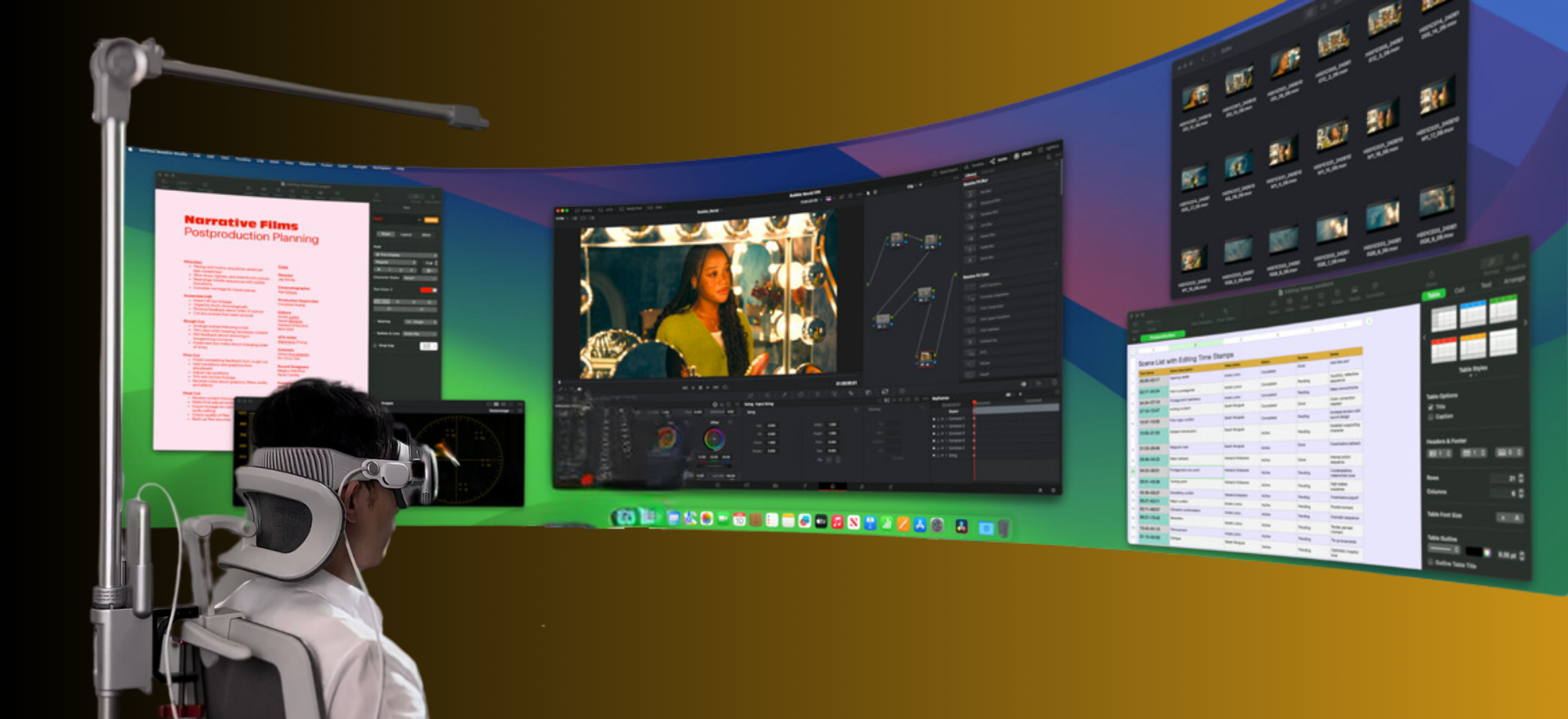
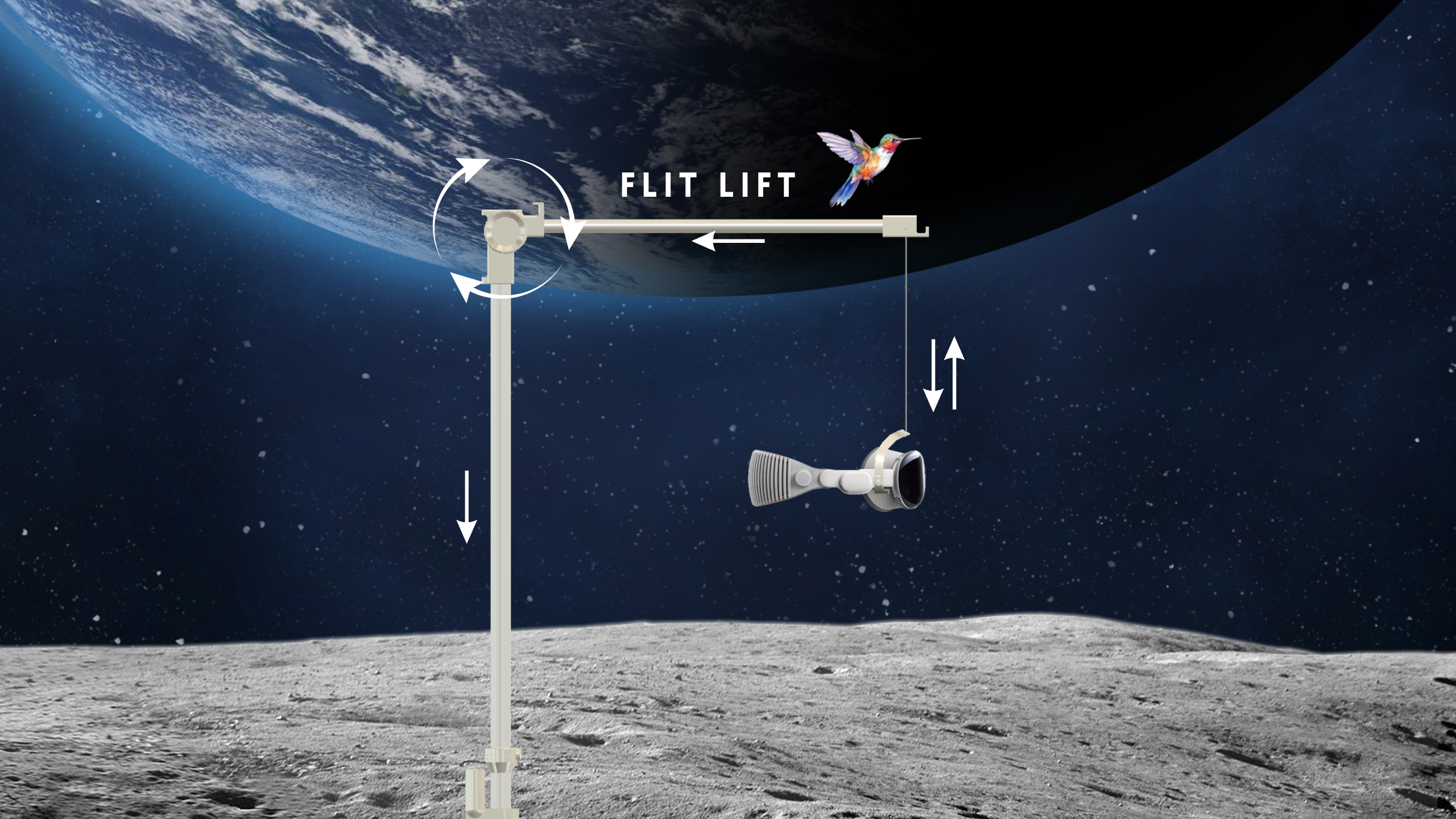
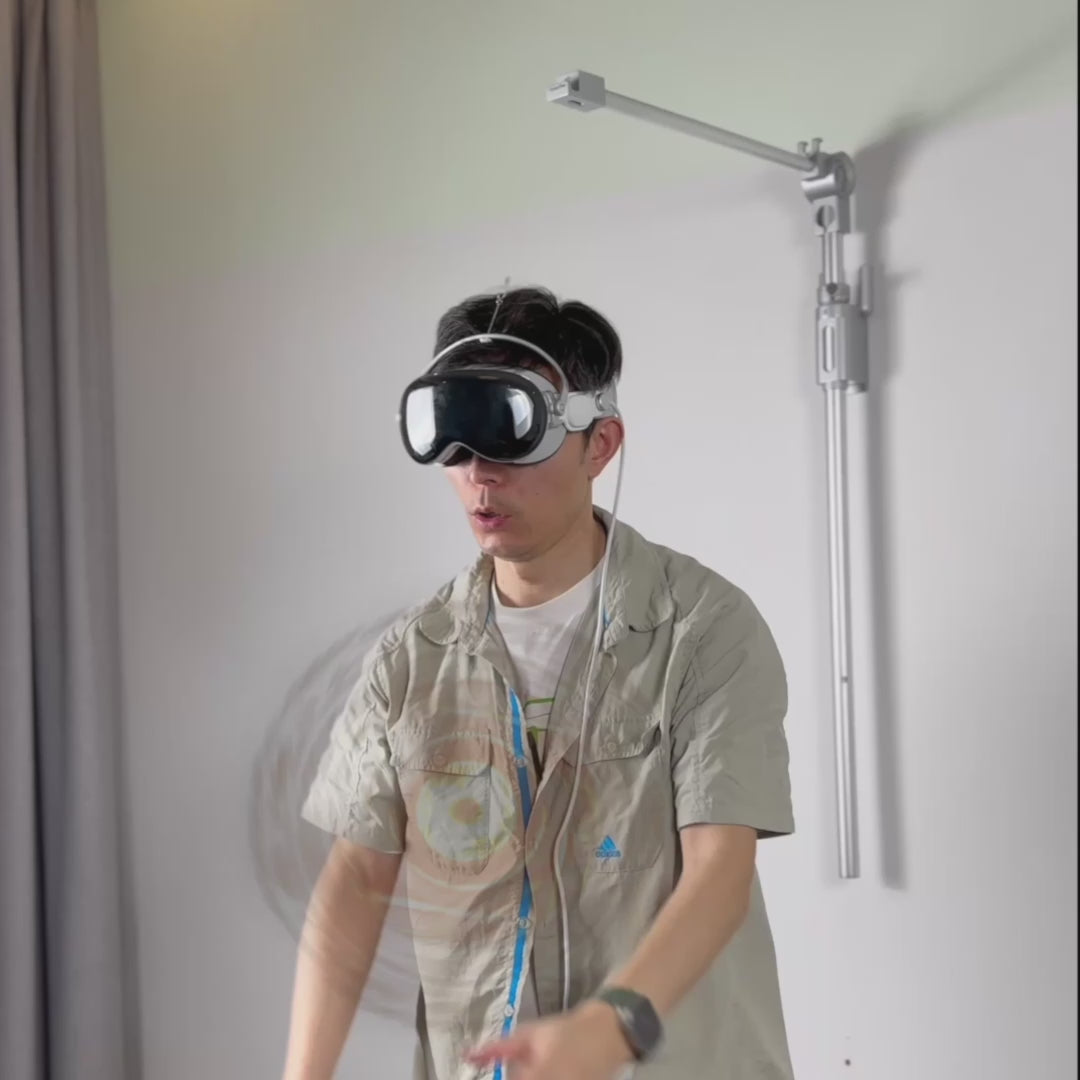
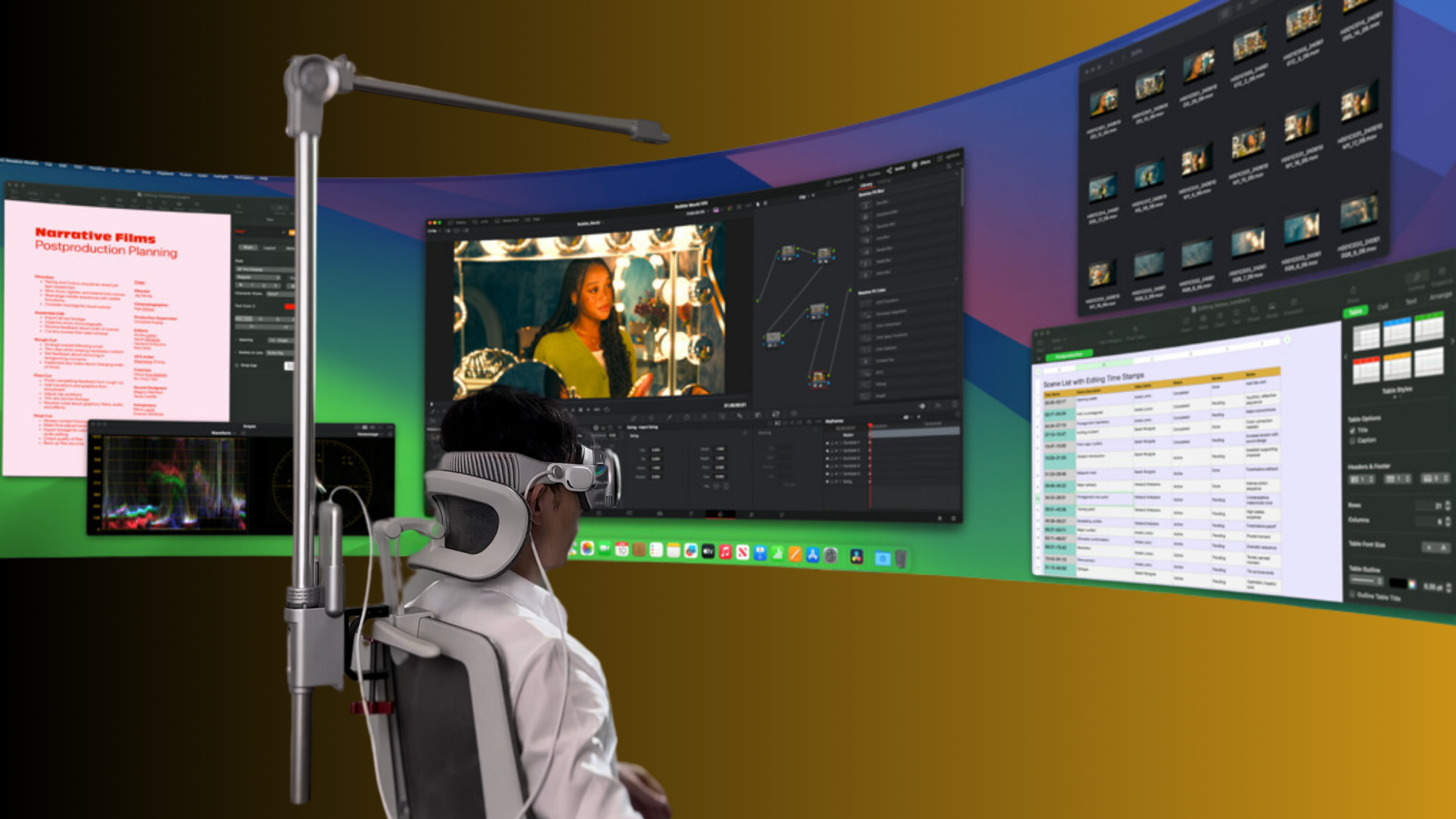
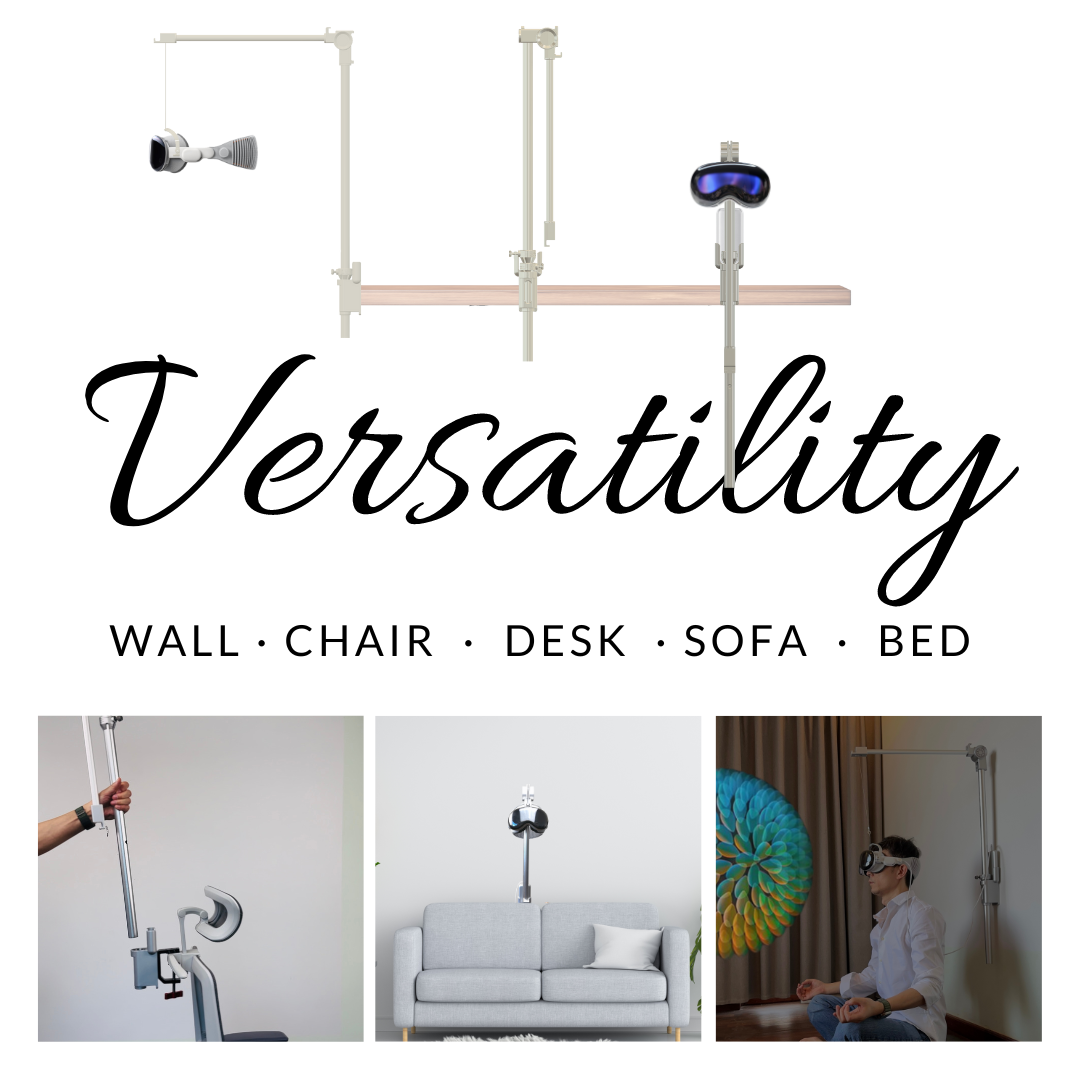

Compartir:
Protecting Developer Creativity Amid the Pressure of Vision Pro Development
How Vision Pro is Overloading the Developer Mindset and What Can Be Done